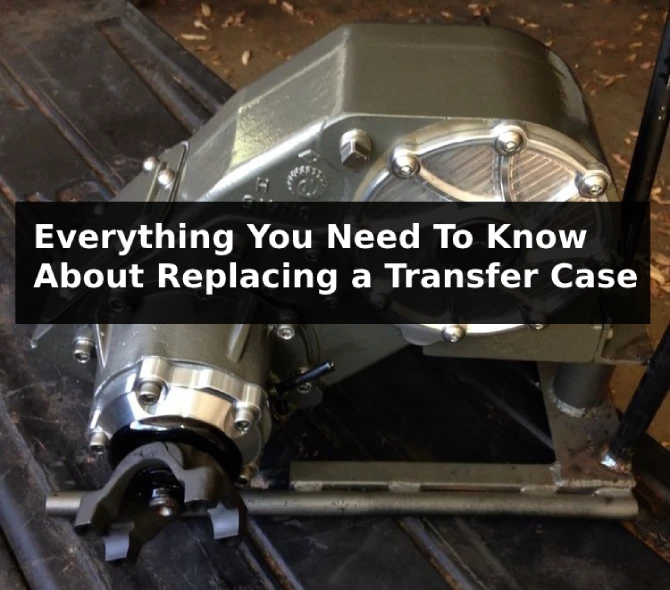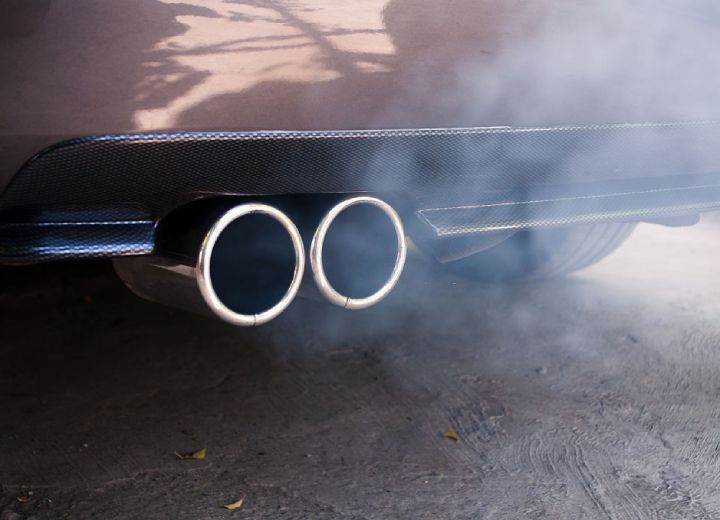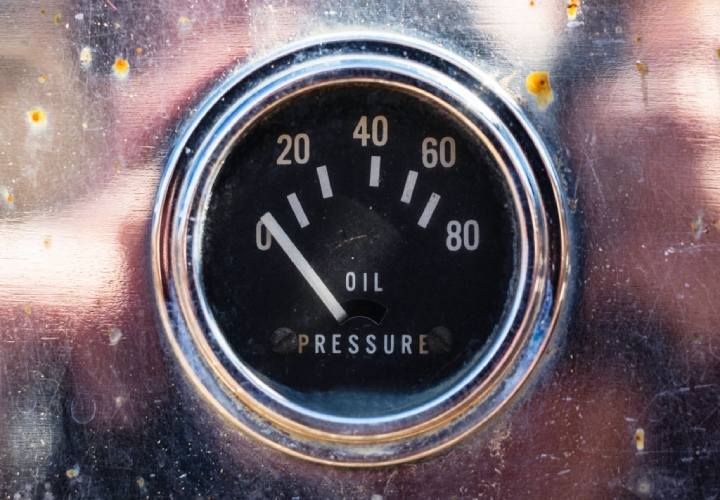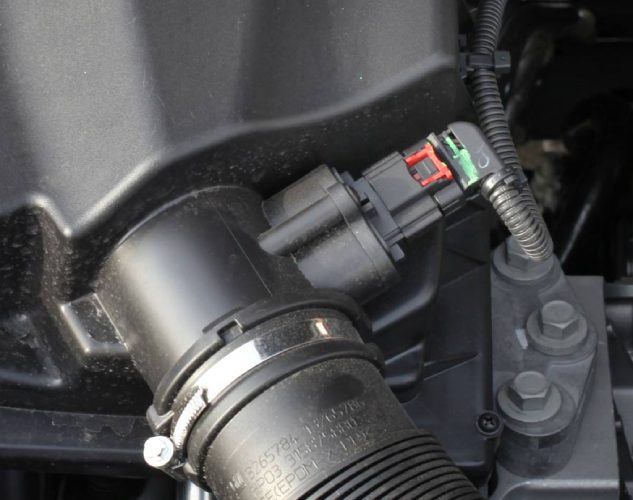There are four types of drivetrains used in automobiles. We have four-wheel drive (4WD), all-wheel drive (AWD), front-wheel drive (FWD), and rear-wheel drive (RWD). Each of these differs in how power is transmitted from the engine to the wheels. In the FWD and RWD, only the front or rear wheels are powered by the engine. The 4WD and AWD differ in that power is sent to all four wheels giving the vehicle more traction and maneuverability, especially on slippery surfaces.
- How does the transfer case function
- How long does it take to replace the transfer case?
- Is it hard to replace the transfer case?
- How much does it cost to replace a transfer case?
- Can You Repair a transfer case?
- Symptoms of a faulty transfer case
- Is it worth repairing a transfer case?
- Is it safe to drive with a broken transfer case?
- Conclusion
Responsible for this is a mechanical component known as the transfer case.
This component distributes power to all four wheels of the vehicle and also ensures that the movement of the front and rear wheels are synchronized. The transfer case is one of the most complicated systems in the drivetrain. Depending on the type of drivetrain (either a 4WD or an AWD), the power may be evenly split between all wheels or rationed based on the needs of each wheel. Some vehicles allow the driver to disengage the transfer case and convert the vehicle into a rear-wheel drive.
How does the transfer case function
The transfer case takes power directly from the transmission and distribution between the front and rear wheel axles. Inside the transfer case, you’d either have a set of gears or a drive chain. Each one functions perfectly and depends on when the transfer case was manufactured. Most modern car manufacturers tend to favor lighter and quieter drive chains which are also less expensive to manufacture.

But these tend to stretch under high stress. On the other hand, gears are more powerful and can withstand a high level of torque. Because of this, the gear-driven transfer case is mostly used in heavy-duty applications like large trucks. You would expect an important component like this to be very durable, and of course, it is. Nevertheless, it, too, like any other component in a vehicle, can develop a fault and need to be replaced.
How long does it take to replace the transfer case?
Let’s get to the crux of the matter. How long would it take to get the transfer case replaced? To be clear, due to the process’s complexity, this must be done by an experienced mechanic. Trying to do this by yourself may lead to other problems in the vehicle. That being said, replacing the transfer case could take between 1 to 2 days.
This is a rough estimate, and the amount of time it would take differs depending on who is replacing it. For an experienced mechanic with the right tools, it could be down to just a couple of hours. Another factor that should be considered is availability. If the part needs to be shipped in, then that could further increase the time it takes to replace it
Is it hard to replace the transfer case?
Yes. Regardless of the type of transfer case the vehicle has, replacing it is a complex process. You would have to tamper with other vehicle components like the drive shafts, transmission, wiring harnesses, shift linkage and cables, etc. you’d also be working under the vehicle, and the transfer case can weigh as much as 300 pounds, depending on the type of car. For some cases, you might need a jack to make things a bit easier or, better still, a partner to assist in the process. Some of the tools you’ll need are;
How much does it cost to replace a transfer case?
Replacing the transfer case can be very expensive. According to consumer affairs, you could spend between $2000 – $8000 depending on the type of vehicle. Out of this, the actual cost of the transfer case is nearly 90%, while the labor cost is about 10%. Another factor determining the replacement cost is how scarce the part is. The good news is that the transfer case is one part of the vehicle that is often covered under a warranty.
If you are still under a warranty, specifically the Powertrain warranty, then the transfer case is one component that will likely be covered under it. The Powertrain warranty lasts much longer than the number-to-number warranty because it covers components that, under normal circumstances, will last for the vehicle’s lifetime. However, it might also turn out that the warranty covers only part of the payment.
Depending on how expensive your vehicle’s transfer case is, you may have to pay a larger chunk of the money, even with a warranty. It is also possible to void your warranty if you have failed to keep scheduled maintenance.
Can You Repair a transfer case?
Yes. In most cases, the transfer case can be repaired. Repairing the transfer case involves replacing the parts that wear out over time, such as the drive chain, gears, shafts, and bearings. Although these parts are protected by a fluid that cools and lubricates the moving parts, the level of protection this fluid provides deteriorates with time.
Either due to the presence of metal bits or other contaminants that found their way into the transfer case. Contaminated or low fluid will make matters worse by accelerating the transfer case’s wear rate. This is why regular maintenance is necessary. Most issues with the transfer case can be avoided by replacing the fluid regularly. In the long run. This will cost less than having to repair it.
Symptoms of a faulty transfer case
How would you know when the transfer case has a fault and might need to be replaced? Look for the following signs.
It becomes difficult to change gears
Changing from 4WD to rear-wheel drive is possible with a special type of transfer case known as a part-time transfer case. To do this, the driver could manually disengage the transfer case using a specific set of gears. If there is a fault, it could become very difficult for the driver to switch from 4WD to 2WD. This can happen if the fluid that helps the transfer case gears to move smoothly leaks out. You can tell by performing a quick physical inspection to see if there is any sign of fluid leakage under the car, when it has been parked for a while.
Noise coming from under the vehicle
Another sign of a faulty transfer case is an unusual noise coming from under the vehicle when it is in motion. The noise is a result of the grinding of gears, and it could also be a result of fluid leakage as well. You may hear a similar noise when shifting from 4WD to 2WD.
The vehicle automatically shifts between driving modes
Usually, the vehicle will stick to one driving mode, which is selected by the driver. But if the transfer case is faulty, you might experience a situation where the vehicle shifts from 4WD to 2WD without any input from the driver. Understandably, this could happen if the gear shift is automated (that is controlled by a switch instead of a shifter, as is the case with manual transmission). But when it becomes too random, then the transfer case has a problem.
Is it worth repairing a transfer case?
Replacing the transfer case is very expensive, so most people might want to opt for a repair instead. But sorry to spill the bean, repairs cost nearly as much. Now, if you are lucky, you don’t have to do any serious repairs. Light repairs of this sort may cost as low as $500, but you may have to spend thousands of dollars for more serious repair work. A quick market survey shows an average of $3000 for major repair work on the transfer case.
This, of course, will depend on the type of vehicle. But it is clear that sometimes, you may be better off replacing the transfer case than attempting to repair it. So before deciding to repair the transfer case, ask your mechanic for a quote, ensure there are no other issues with the vehicle that will make splashing a huge sum of money futile, and check the market value of your vehicle.
With this information, you will be able to tell if repairing the transfer case is worth it or not.
Is it safe to drive with a broken transfer case?
Driving with a broken or damaged transfer case is not advisable. While a damaged transfer case does not stop you from driving your vehicle, doing so might cause severe damage to other components of the drivetrain, like the drive shafts and transmission. Multiple damages like this will cost you more to fix. To avoid this, then you shouldn’t drive with a broken or damaged transfer case.
Conclusion
The transfer case has a unique function in every vehicle with a 4WD or AWD. Needless to say that without it, the added functionality that makes driving a 4WD or an AWD will not be .available. But it’s also worth noting that, like any other vehicle component, this, too, is prone to damage and would need to be replaced. The cost of replacing or repairing the transfer case is steep. The process is also complex and takes a long time.
Iliah is the co-founder of Mechanic Ask, where he writes detailed step-by-step tutorials for repairs and mods. He also posts videos walking through things like engine swaps, suspension lifts, and tuning chips. Iliah uses his blog as an educational resource for car enthusiasts based on the knowledge he’s gained from 15 years as an ASE-certified master technician. His repair manuals provide even novice readers the confidence to take on big projects.








